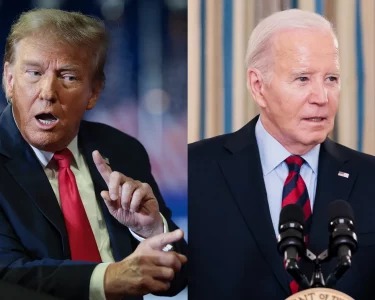The United States Congress has the power of the purse, which means that it controls the country’s budget. The Constitution grants this power to the legislative branch to ensure that the government’s spending aligns with the will of the people. However, as with any power, there are limits and challenges to the budget process that can have significant consequences for the country’s financial stability.
The budget process starts with the president’s submission of a budget proposal to Congress, usually in February of each year. The proposal outlines the administration’s spending priorities and how it plans to fund them. Congress then uses the president’s proposal as a starting point to draft its own budget resolution, which sets the overall spending and revenue goals for the upcoming fiscal year. The budget resolution goes through a lengthy process of hearings, committee markups, and floor debates before it is voted on by both the House of Representatives and the Senate.
Once the budget resolution is passed, Congress creates appropriations bills that allocate funding to specific government agencies and programs. These bills go through a similar process of hearings, markups, and debates before being passed by both houses of Congress and signed into law by the president. The budget process is complex and time-consuming, with multiple opportunities for political wrangling and delays.
One of the main challenges of the budget process is the need for compromise between the two parties. With a divided government, where one party controls the White House and the other controls one or both houses of Congress, finding common ground can be difficult. This often results in last-minute negotiations and temporary funding measures, which can have serious consequences for government operations and the economy as a whole.
Another challenge is the issue of budget deficits and debt. The federal government has run budget deficits in most years since the 1970s, meaning that it spends more than it takes in through taxes and other revenue sources. This results in an accumulation of debt that must be paid back with interest. While some argue that deficits are necessary to fund important government programs, others worry about the long-term economic consequences of unsustainable debt levels.
Additionally, the budget process is subject to lobbying and special interest influence. Some argue that the system is rigged in favor of powerful interest groups who are able to secure funding for their preferred programs and projects, regardless of their actual value or benefit to society.
Despite these challenges, the power of the purse remains a vital aspect of American government. It allows Congress to exercise oversight over the executive branch and ensure that taxpayer dollars are spent in the most efficient and effective manner possible. As the United States faces increasingly complex and pressing economic issues, the budget process will continue to be a critical tool for shaping the country’s financial future.




